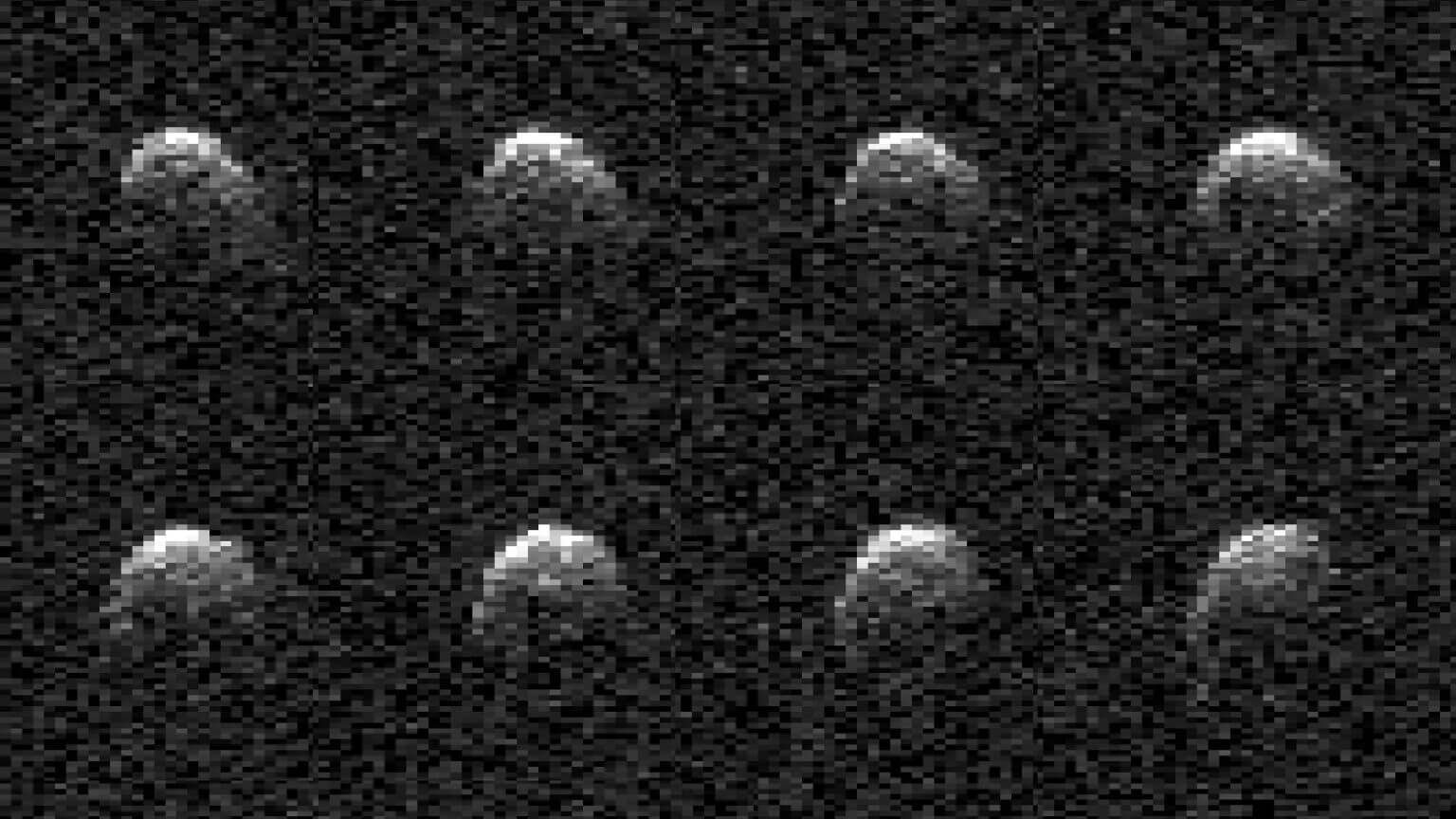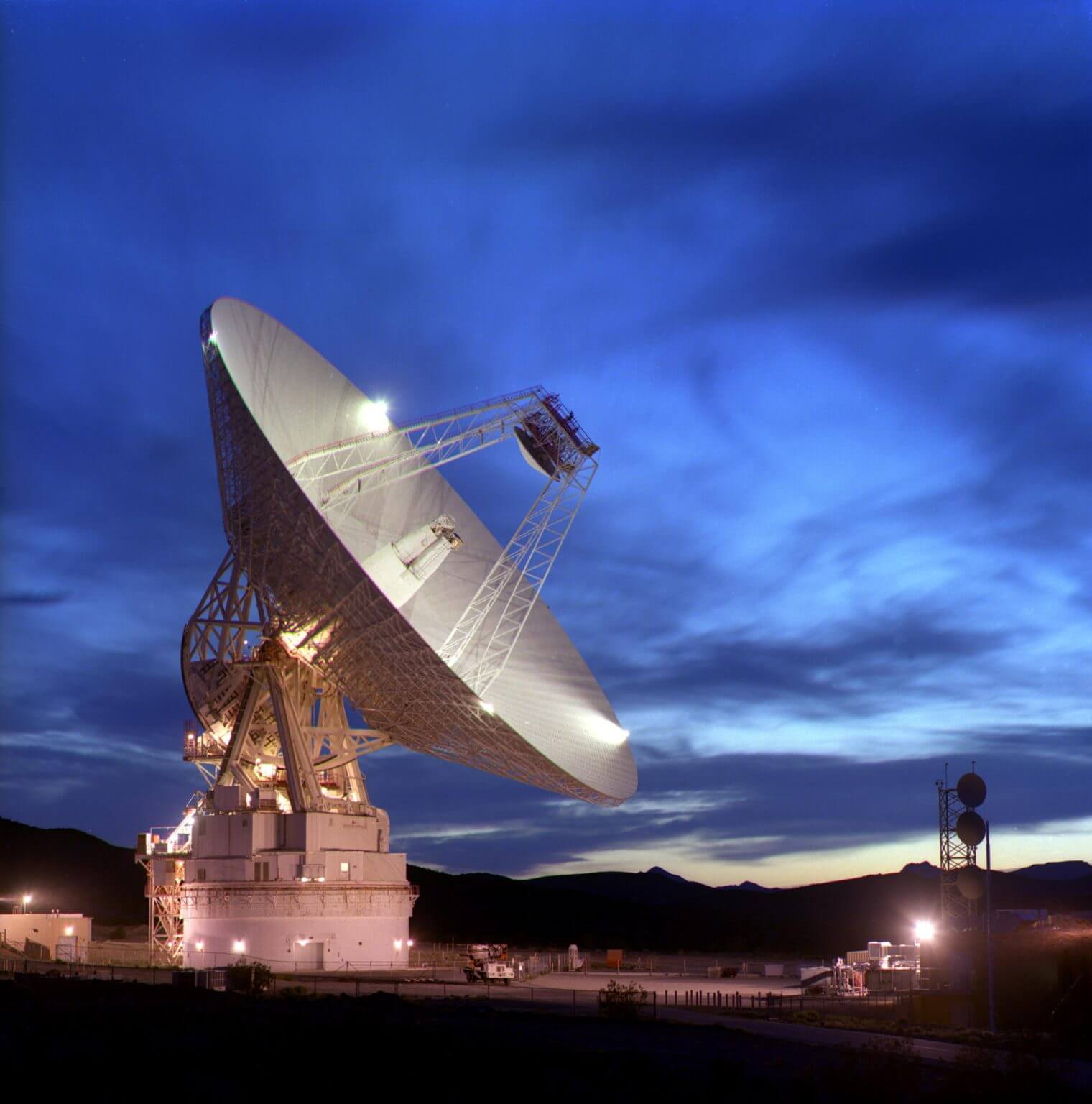During asteroid 2008 OS7's final approach to Earth on February 2, 2024, the agency's Deep Space Radar collected the first detailed images of the stadium-sized asteroid

On February 2, 2024, a large asteroid passed near the Earth at a distance of about 2.9 million kilometers (7.5 times the distance between the Earth and the Moon). The asteroid -- known as 2008 OS7 -- was in no danger of hitting Earth, but scientists at NASA's Jet Propulsion Laboratory in Southern California used a powerful radio antenna to better determine the size, rotation, shape and surface details of this near-Earth object (NEO). . Until this close approach, asteroid 2008 OS7 was too far from Earth for planetary radar systems to image it.
discovery and observations
The asteroid was discovered on July 30, 2008, during a routine search for near-Earth objects by the NASA-funded Catalina Sky Survey, based at the University of Arizona in Tucson. After the discovery, observations of the amount of light reflected from the asteroid's surface revealed that it is between 650 and 1,640 feet (200 to 500 meters) across and that it rotates relatively slowly, completing one revolution every 29 and a half hours.
The period of rotation of 2008 OS7 was determined by Petar Provts, at the Astronomical Institute of the Czech Academy of Sciences in Ondrežov, Czech Republic, who observed the asteroid's light curve—or how the object's brightness changes over time. As the asteroid rotates, changes in its shape change the brightness of the reflected light that astronomers see, and these changes are recorded to understand the asteroid's rotation period.

Radar exposure reveals details
During the final approach on February 2, 2024, JPL's radar team used the powerful antenna engine of the 230-foot (70-meter) Goldstone Solar System Radar at the Deep Space Network's facility near Barstow, California, to photograph the asteroid. What the scientists found was that the surface of the asteroid contains a mixture of round areas and more angular areas with a small concavity. They also found that the asteroid is smaller than previously estimated and is only between 150 and 200 meters wide and confirmed its unusual rotation.
Potential for danger but safe for now
The Goldstone radar observations also provided key measurements of the asteroid's distance from Earth as it passed by. These measurements can help scientists at NASA's Center for Near-Earth Object Exploration (CNEOS) improve calculations of the asteroid's orbit around the Sun. Asteroid 2008 OS7 orbits the Sun once every 2.6 years, traveling out of the orbit of Venus and across the orbit of Mars at its furthest point.
CNEOS, managed by JPL, calculates the orbit of every known NEO to provide estimates of potential collision hazards. Due to its close orbit to Earth and its size, 2008 OS7 is classified as a potential hazard asteroid, but the approach on February 2, 2024 is the closest it will come to Earth for at least the next 200 years.
While NASA reports on NEOs of all sizes, Congress has tasked the agency with identifying and tracking objects 140 meters and larger that could cause significant damage to the ground if they collided with Earth.
The Goldstone Solar System Radar Group and CNEOS are supported by NASA's Near-Earth Object Observations Program at the Office of Planetary Defense at the agency's Washington headquarters. The deep space network receives program oversight from the Office of Space Communications and Navigation (SCaN) in the Office of Space Missions, also at the agency's headquarters.
More of the topic in Hayadan:
- The asteroid near Haaretz Alef has been observed by planetary radar since 1968
- A new crater on the moon and an exercise in physics
- Europa will protect the Earth from asteroids
- Ten thousand near-Earth objects have been discovered
- A new technology inspired by the structure of the coronavirus will help planes evade radar
